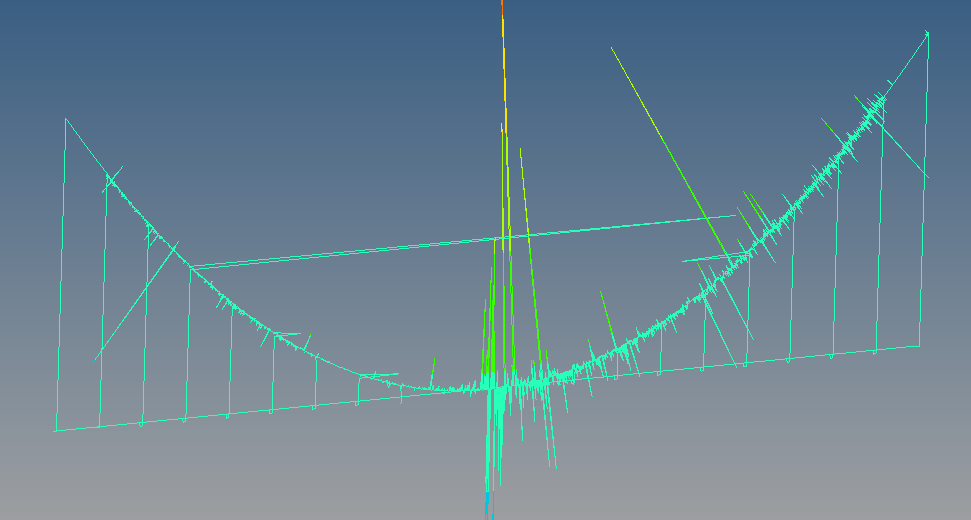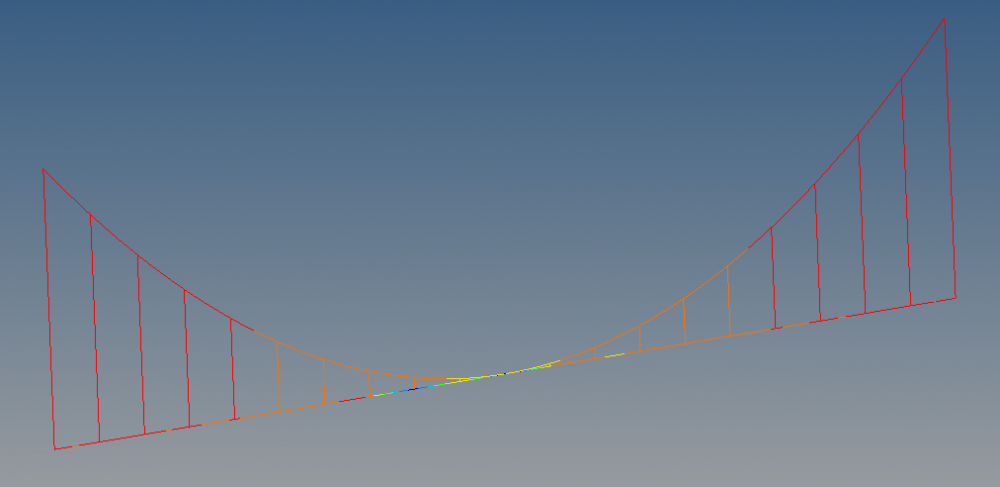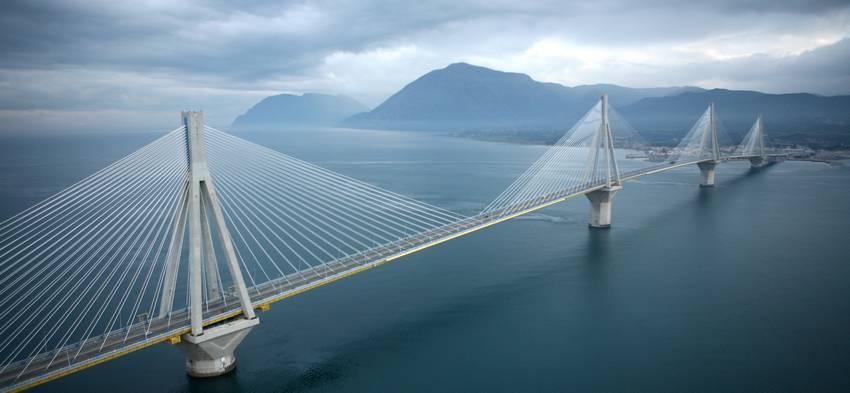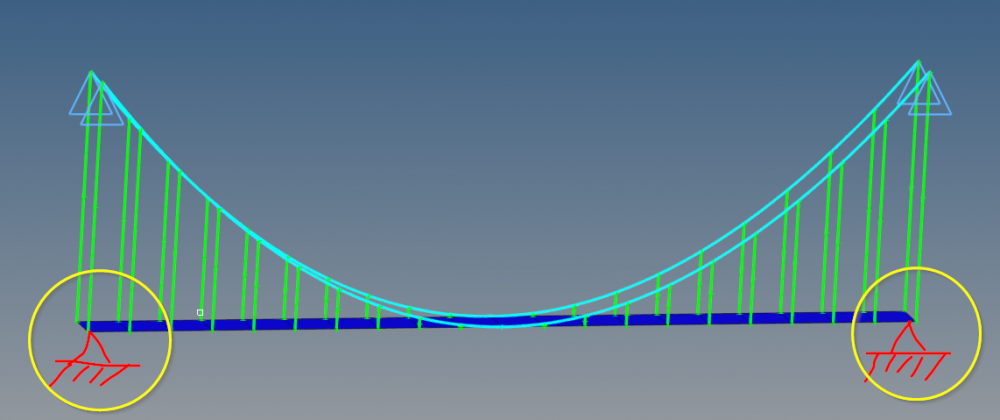ERROR 153 - Suspension Bridge Model, how to improve?
Hello Everyone,
I am struggling with quite a simple question today and I hope that maybe someone of you could perhaps check my model to see what the issue is.
For a university project I am currently writing a FE-script which shall calculate the displacement of a suspension bridge. Natually, I want to validate my work. For this I am using the HyperWorks Student Edition to build a very simple model of said bridge, with only lines and shells.
The bridge I modelled before had a PSHELL for its roadway and PBEAM for its main and suspension cables. This worked fine, but I thought displacement might be more accurately modelled by using ROD-Elements.
However when I replaced the Line Elements, I keep getting the following error message when running OptiStruct:
*** ERROR # 153 ***
Exactly zero pivoting encountered during Numerical Factorization;
the model may have rigid body mode.
Solver error no. = -514
spc set id = 1
index = 1
Possible reasons are:
1) insufficiently constrained model,
2) having rigid body mechanisms within the model,
3) extremely ill-conditioned rigid element sets,
4) extremely thin shells (as used for skinning) that have MID2/MID3,
5) gap elements with extremely high stiffness (KA, especially KT or MU).
6) extremely high Poisson's ratio in hyperelasticity material definition.
Check the model and rerun the problem.
(MECHCHECK may be used to find the rigid body modes. To do so,
change the input to be an eigenvalue analysis and add MECHCHECK.)
(WARNING: results obtained with MECHCHECK cannot be used because
the model is changed internally.) This error was detected in subroutine bcsmtxfct.
And to be honest, I really do not understand much of what is suggested there. I have attached the very simple model, it would be fantastic if someone could have a quick look at it and tell me how to make it work. Thank you already in advance, this community has helped me time and again. /emoticons/default_smile.png' srcset='/emoticons/smile@2x.png 2x' title=':)' width='20' />
Best Regards,
Lennart
Find more posts tagged with
Hi PrasannaK,
Thank you for your answer. I performed the check as you suggested but not a single element has failed the test.
'0 free ends were found on 0 1-D elements', no free 1-d's either or rigid loops. All appears to be fine.
Dou you perhaps have any further ideas? /emoticons/default_smile.png' srcset='/emoticons/smile@2x.png 2x' title=':)' width='20' />
Best Regards,
Lennart
Hi Q.Nguyen-Dai,
I thought so too, because in reality the roadway would have to connect to an actual street somewhere. Unfortunately though the task was defined this way, with only the two upper constraints on the main cable. As far as my understanding goes, the bridge would be well enough constrained even without those additional constraints.
I have just incorporated that change into the model, but it did not change the error message.
Thank you a lot for opening the file and having a look.
Any further ideas, maybe?
Just a quick update: I have recreated the model in 2D, so without the shell elements. It now consists of only one half of the bridge and only lines.
Lines are again a PROD, the roadway is a PBEAM. Unfortunately, the exact same error message appears. I have used the MECHCHECK function to check for any rigid body entities. This is the Y-displacement (Down-direction).
So apparently, the ROD-elements displace in an irregular manner.

This is, as suggested by the error message, a sign of insufficient constraints.
What I did then was to constrain all nodes of the main and suspension cables in DOF1, DOF3, DOF4 and DOF5. Consequently, the RODs can not only move in Y-direction and rotate around Z-axis, which will cause displacement in Y-direction.
And miraculously, the model is working now!
<?xml version="1.0" encoding="UTF-8"?>
(I still have a modelling error that you can see in blue, but the principle is working.
So, having multiple ROD-elements seem to require more constraints than I was used to.
Thank you all for your input, this problem is solved.
Best Regards,
Lennart
Without constraints at Roadway (as shown in my picture) you can not compute a bridge /emoticons/default_smile.png' srcset='/emoticons/smile@2x.png 2x' title=':)' width='20' />
The real bridge has ALWAYS supports at Roadway ends.



Hi Lennart,
This error message usually indicates rigid body modes. The 1D elements are probably not correctly connected and 'fly through the area' or rotate around their own axis.
Therefore, please check the connections of the elements via: tool > Check elems > 1-d > free 1-d nodes.
Thank You